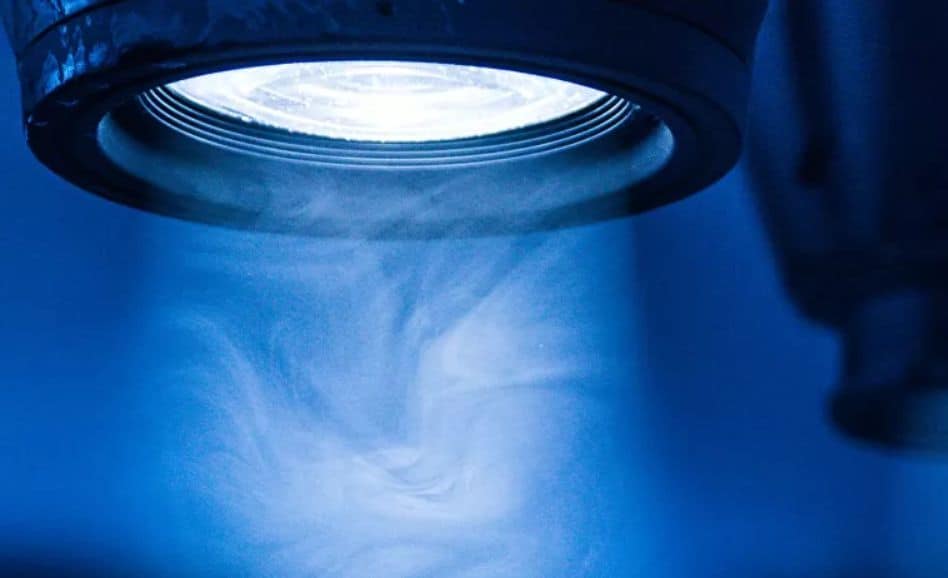Scientists at the Moscow National University of Science and Technology (MISIS) created a laboratory mockup of a scanning magnetic microscope, based on a new magnetic sensor.
According to the authors, with the help of the device, it is possible to see images of the magnetic fields of the objects under study.
The first magnetic scanning systems were created more than 30 years ago. Devices of this type are used in non-destructive magnetic tests to detect defects in materials and structures, as well as in biomedical applications to measure weak magnetic fields of biological objects.
Magnetic Scanning systems can be conventionally divided into two types:
- The first is formed by scanning magnetometers that allow distinguishing the relief characteristics of the magnetic field from centimetres to millimetres units;
- the second, the scanning magnetic microscopes that allow to recognize magnetic characteristics of less than a millimetre and up to a few micrometers.
The sensitivity of the magnetic field and the spatial magnetic resolution in such devices is determined by a magnetic sensor. Usually, in the scanning of magnetic systems, Hall sensors are used – they measure magnetic fields up to one microtesla (10-6 T) or SQUID – superconducting quantum interference sensors, which measure very weak magnetic fields to femtotesla (10-15 T) units.
Relatively recently, new high-sensitivity GMI sensors appeared.
“The GMI sensor is a small section [~ 4 mm] of a 10-20 micron diameter amorphous ferromagnetic microwire [a new magnetic material with unique soft-type magnetic and mechanical properties] with a tiny coil wound on it. The principle The sensor’s performance is based on the giant magnetic impedance effect [GMI effect], which consists of changing the impedance of a micron at high frequency, by exposing it to an external magnetic field. As the tip of a ferromagnetic micron wire has micron dimensions, this sensor, in principle, allows measuring magnetic characteristics with a spatial resolution of tens of micrometres. And the sensitivity in the magnetic field can reach up to nanoTesla units [10-9 T]”, explained Sergei Gudoshnikov, lead researcher at NUST MISIS.
In the scanning magnetic microscope, developed at NUST MISIS, the design of the mechanical part is similar to that of a standard 3D printer, but instead of an extruder, a new magnetic GMI sensor is used.
During measurements, the GMI sensor moves with a certain step close to the surface of the object under study and, in the process of its movement, measures the local values of the vertical component of the magnetic field. Then, with this data, a computer creates an image of the magnetic field of the object under study. The smaller the sensor used and the closer it is to the surface of the sample, the more magnetic features can appear in the magnetic image, Gudoshnikov explained.
Experts noted that the magnetic microscope will attract the attention of potential users due to its qualities:
- non-invasiveness (little influence on the object under study);
- high spatial resolution combined with good magnetic sensitivity;
- the simplicity of design;
- the possibility of building multi-channel scanning measurement systems.
In the future, it is planned to increase the spatial resolution of the scanning magnetic microscope to 20 micrometres, which will allow detailed studies of weak magnetic fields of thin-film magnetic microstructures, magnetic nanoparticle assemblies and biological objects.
The results were published in the Journal of Magnetism and Magnetic Materials.
